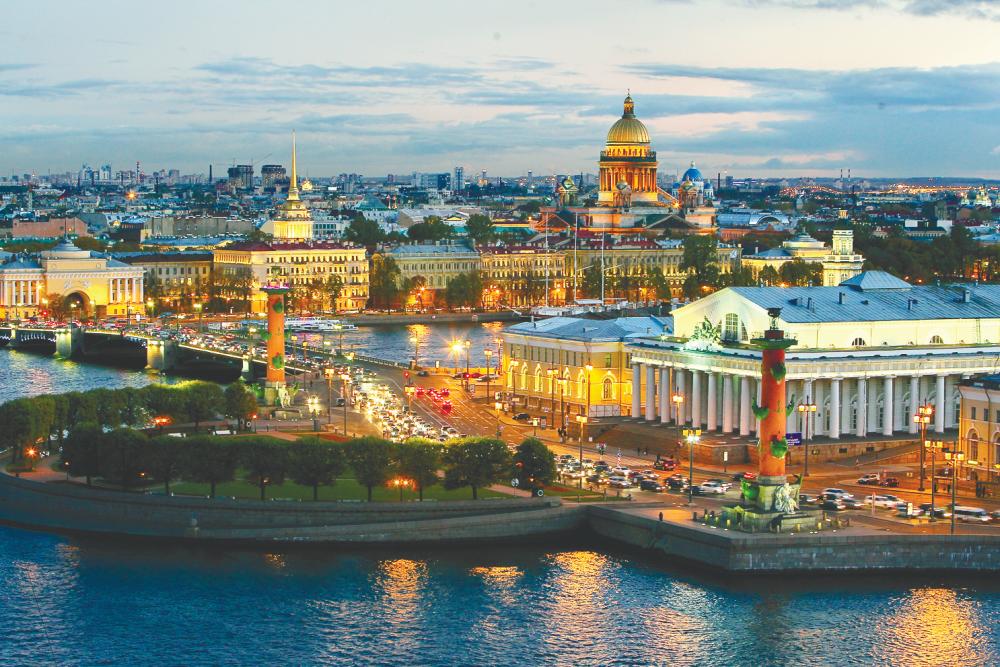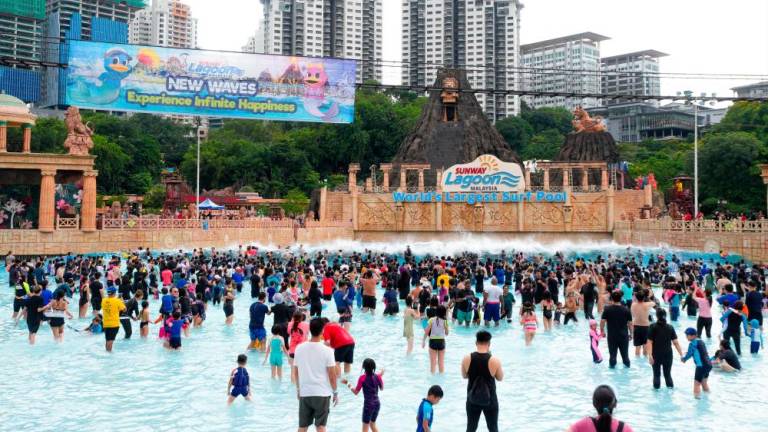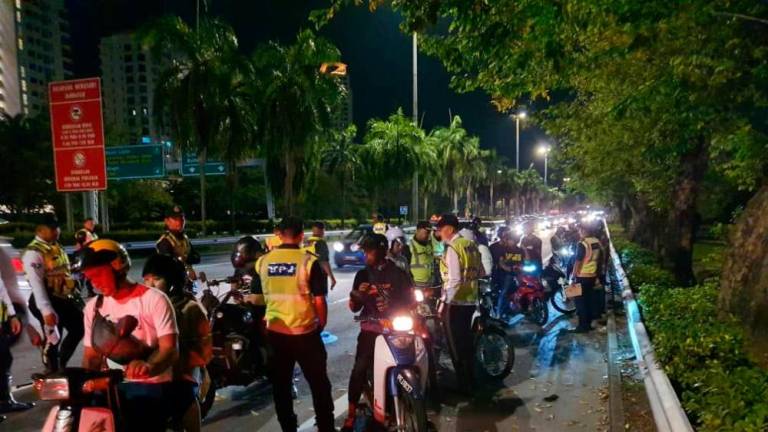THE city of St. Petersburg was founded by Peter the Great, who aspired to create a city that would rival the great cultural capitals of Europe.
Built on the banks of the Neva river, St. Petersburg stretches across 42 islands with natural waterways and canals, giving it the title of the ‘Venice of the North’. It was the imperial capital of Russia for two centuries until the Communist revolution of 1917.
To this day, it retains its status as the country’s cultural capital with its heritage buildings, grand palaces, cathedrals and museums.
Exploring St. Petersburg
Considering that I only had three days to explore the city after arriving by bullet train from Moscow, I was glad to find that the Park Inn Nevsky, my home for the next few nights, was located on Nevsky Prospekt, St. Petersburg’s main street.
What you will find along this street are plenty of places to shop and eat, like the Eliseyev Emporium Coffee shop, the Gostiny Dvor shopping centre, located in an 18th century merchant arcade, and the fairly new Galeria shopping mall which was opened in 2010.
The House of Books
Located at the intersection of Nevsky Prospekt and the Griboedov Canal opposite Kazan Cathedral is Singer House, a heritage building originally owned by the Russian branch of the Singer Sewing Machine Company. Today it is home to St. Petersburg’s largest bookstore Dom Knigi, and Cafe Singer.
This bookstore is a favourite haunt among locals and tourists, though most of the books are in the Russian language, there are some interesting titles in English in the foreign language section. It’s also a place where you can find souvenirs like magnets, postcards, mugs and other memorabilia on Russia and St. Petersburg.
If you’re exhausted after a long day of exploring the city, do make a pit-stop at Cafe Singer on the second floor for some cake and tea.
Besides being a hub to shop and eat, the Nevsky Prospekt is also conveniently located near the city’s heritage enclave, from here you can easily find your way to historic attractions like the Stroganov Palace, and the famed Winter Palace, the home of the Russian Tsars before the revolution.
Winter Palace and Hermitage Museum
The Winter Palace is to St. Petersburg what St. Basil’s Cathedral is to Moscow. Though the colours of its exterior are subdued in contrast – white and green – the building is no less impressive, designed and built to showcase the might of imperial Russia. The absence of royalty makes it no less grand, as the treasures acquired from Europe and around the world are showcased in the State Hermitage Museum, the second largest museum in the world after the Louvre in Paris, France.
The original Hermitage wing in the palace housed the private art collection of Empress Catherine the Great. Today the area occupied by the Hermitage in the Winter Palace has expanded considerably, and houses items ranging from Stone Age artifacts to Western European art.
Catherine Palace
Located in the outskirts of St. Petersburg in the Town of Tsarskoye Selo is another royal residence-turned-museum. Also called the Summer Palace of the Russian Tsars, this magnificent royal residence is also home to the world famous Amber Room.
The original Amber Room was dismantled and taken away by the Germans during World War II, but the reconstructed version is no less impressive, so do take photos and selfies to your heart’s content!
Peter and Paul Fortress
The fort which was originally built to defend the city during the founding of St. Petersburg, also served as a prison for political dissenters.
The star attraction in the fort is the Peter and Paul Cathedral – the final resting place of Peter the Great and many of the Tsars who succeeded him. Many members of the Romanov dynasty are buried here, including Tsar Nicholas II and his family.
Iconic churches
The golden-domed St. Isaac’s Cathedral is an impressive landmark in the heart of the city with its golden dome, marble columns and sculptures.
But when you step through the doors of this 19th century cathedral, be prepared to be awe-struck, as the interior is decorated with gold, bronze, malachite and lapis lazuli. It’s a popular monument with tourists, and has been turned into a museum, with only one of the side chapels used for church services.
Built in the Russian Orthodox style, the Church of the Saviour on Spilled Blood, was built to commemorate the assassination of Tsar Alexander II.
The exterior of this church resembles that of St. Basil in Moscow, with its colourful onion domes. Its multi-coloured exterior is in stark contrast to most of the pastel coloured heritage buildings in St. Petersburg, while the interior is a wonder in itself with the walls and ceilings covered in mosaics depicting Biblical scenes.
‘Be My Guest’
As a part of this media familiarisation trip, we were invited to watch a pantomime performance by students of the St. Petersburg Theatre, which was staged just for us!
After the performance, we had an opportunity to connect with our host over canapés and learn about their theatrical education.
Connecting with locals and seeing a city through their eyes is a unique ‘Be My Guest’ experience which has been weaved into Trafalgar’s tours. It is available on every Trafalgar itinerary around the world.
Trafalgar’s guests get to experience the ‘ultimate local experience’ where they are invited into the homes of local hosts who prepare a unique dining experience, and who are eager to share their interesting stories, giving travellers an opportunity to engage in authentic experiences that bring a destination to life.
Book your holidays at www.holidaytours.com.my/trafalgar or contact the Trafalgar Travel Centre (managed by Holiday Tours) at 03-6286 6220 for more information.













